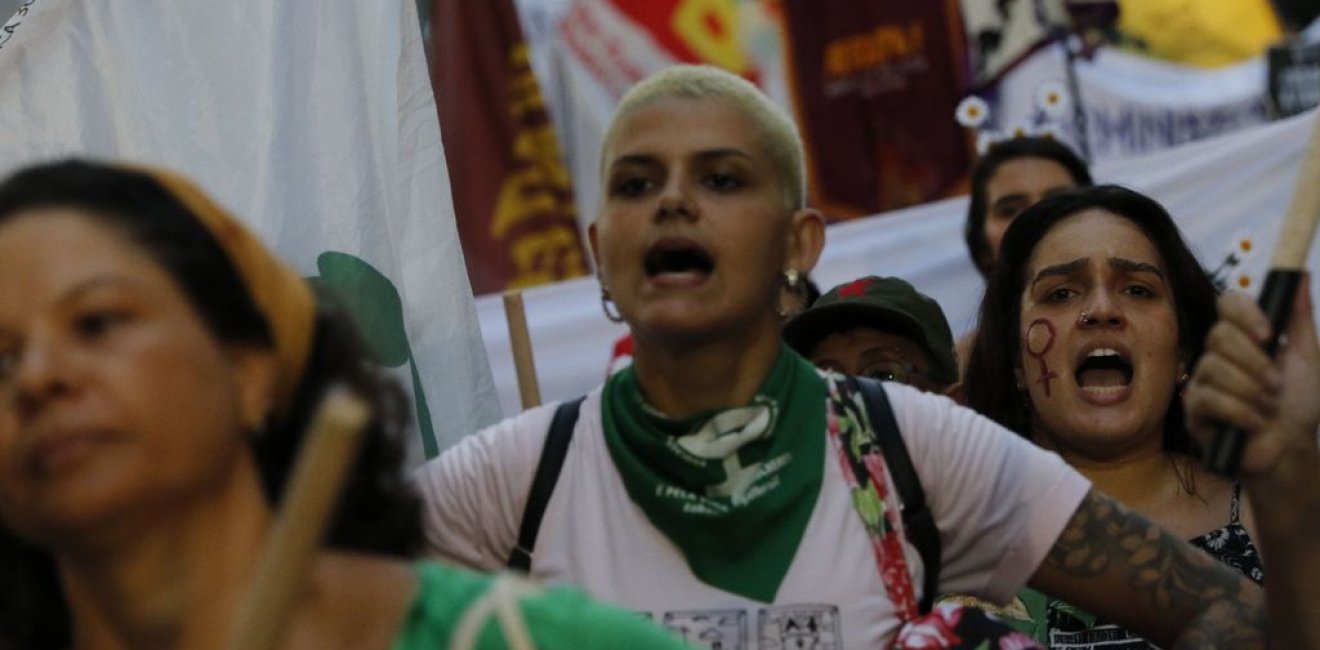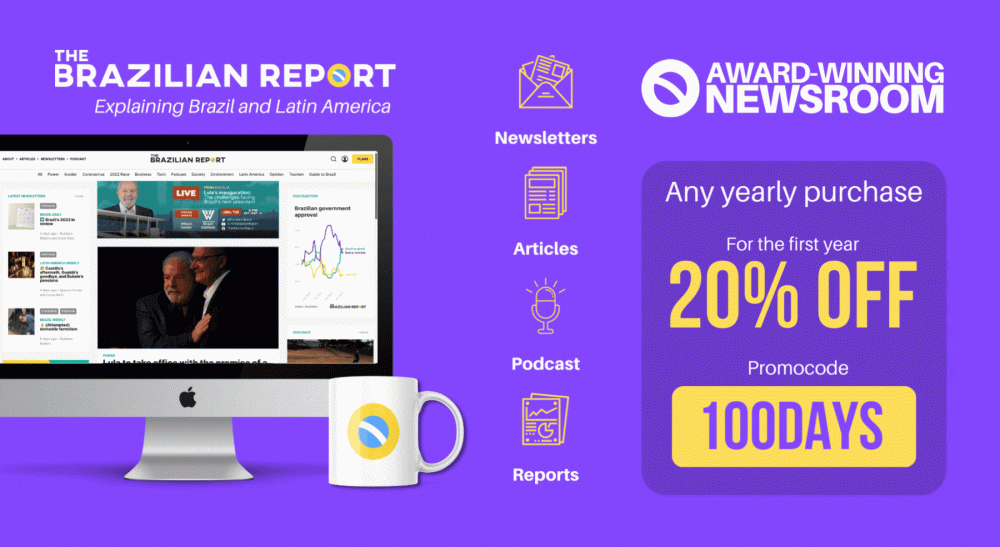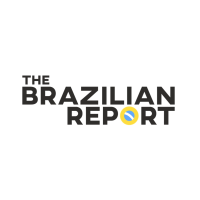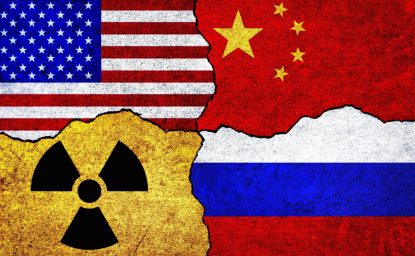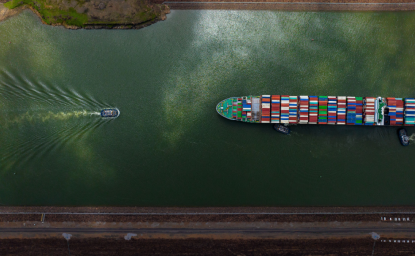In Macapá, the capital of Amapá state, for example, there were more than 60 homicides per 100,000 inhabitants in 2021. That is a higher rate than in any of the world's most violent countries. (For comparison, the most violent country in the world that year was Jamaica, with 45 deaths per 100,000 people.)
Brazil’s Amazon region is a prime location for narcotics trafficking. It borders the major drug-producing countries of Colombia and Peru, as well as Venezuela, through which flow not only drugs but also weapons, timber, and the spoils of illegal fishing and poaching. The Brazilian Amazon is also rife with other criminal activities, such as land grabbing and illegal mining.
The region’s high levels of violence were laid bare for the world to see last year with the murders of Brazilian indigenous expert Bruno Pereira and British journalist Dom Phillips.
The ‘professionalization’ of the criminal underworld
The war of 2017 was not good for business, even for criminals, say experts.
"If [organized crime gangs] wanted to continue in the business, it was necessary to create the conditions for the various actors to coexist and make money," writes Bruno Paes Manso, a public security researcher at the University of São Paulo.
For the past five years, a truce has been in place between Brazil’s main drug trafficking organizations. Some point out that this stems from the professionalization of these groups, with the notable use of "business" tactics.
The largest drug gangs — especially the São Paulo-born First Command of the Capital (PCC) — have taken over local groups. They instituted an internal policy that members would be taken care of if they remained loyal, which brought in new members and reduced clashes with rival groups. Meanwhile, the PCC top brass made deals that increased the presence of their products in domestic and international markets.
Almost all of the PCC's leaders are in prison, controlling the business from inside their cells. This business model was facilitated by the creation of large maximum security prisons in the early 2000s, which brought the incarcerated leaders together, and by the cartels’ reach at the regional level — leading to this "business model" being mimicked throughout most of Brazil.
The U.S. government describes the PCC as “the most powerful organized crime group in Brazil and among the most powerful in the world.”
Inadequate resources
The so-called "bureaucratization of crime" is not the only explanation for the decline in homicides. With fewer security resources and law enforcement infrastructure, it is much more difficult to report violent crimes in Brazil's northern states.
"In some states, the quality of information is poor, the cause of the homicide is unknown, the police do not investigate, or there is not even a computer to record it correctly. There is great precariousness in this area, and at the same time that violence is migrating there," says Ana Maria Nogales Vasconcelos, a demographer at the University of Brasília.
An indication of this situation is that the number of homicides listed as "cause unknown" more than doubled between 2017 and 2021, reaching more than 21,000, the highest level in the historical series. There was also an increase of more than 3 percent in missing persons. The Brazilian Report flagged that trend back in 2021.


